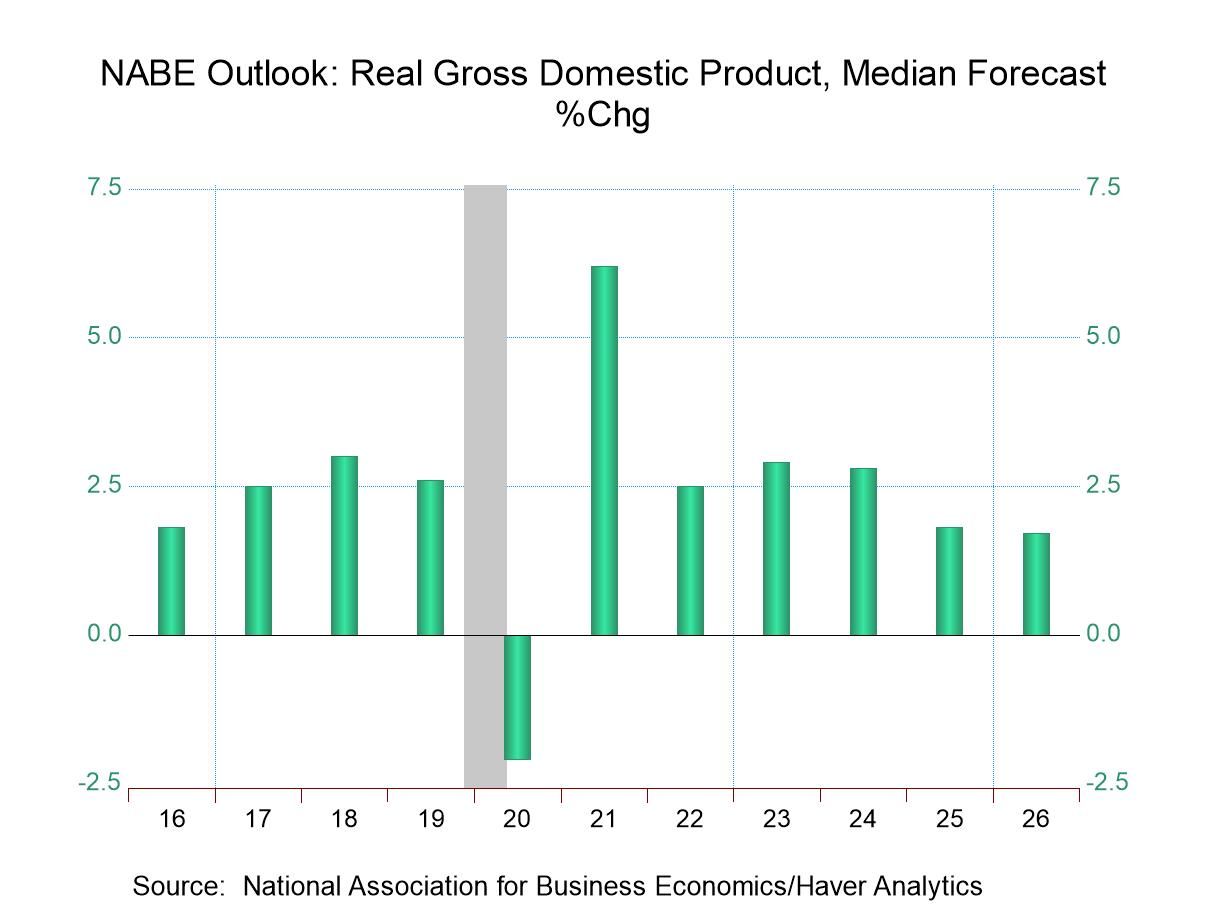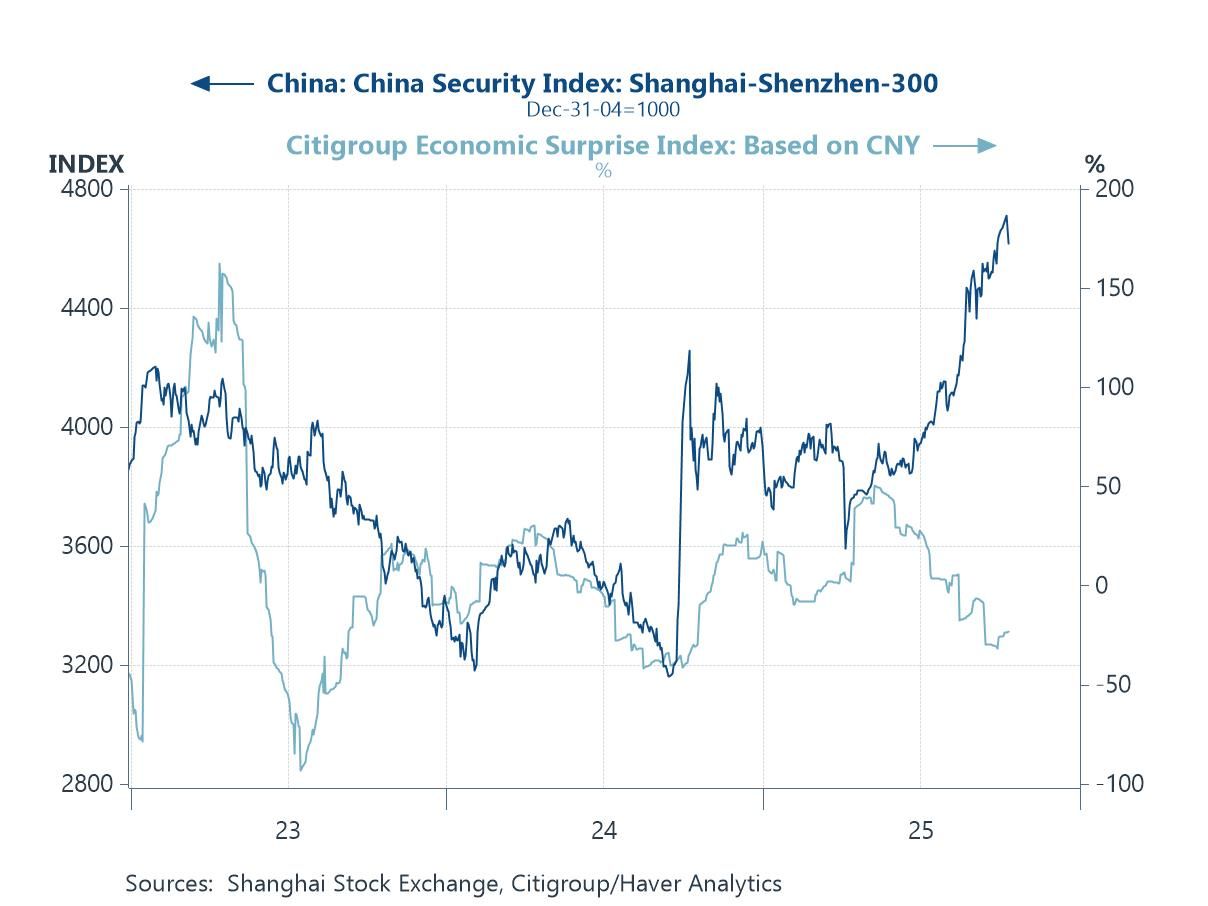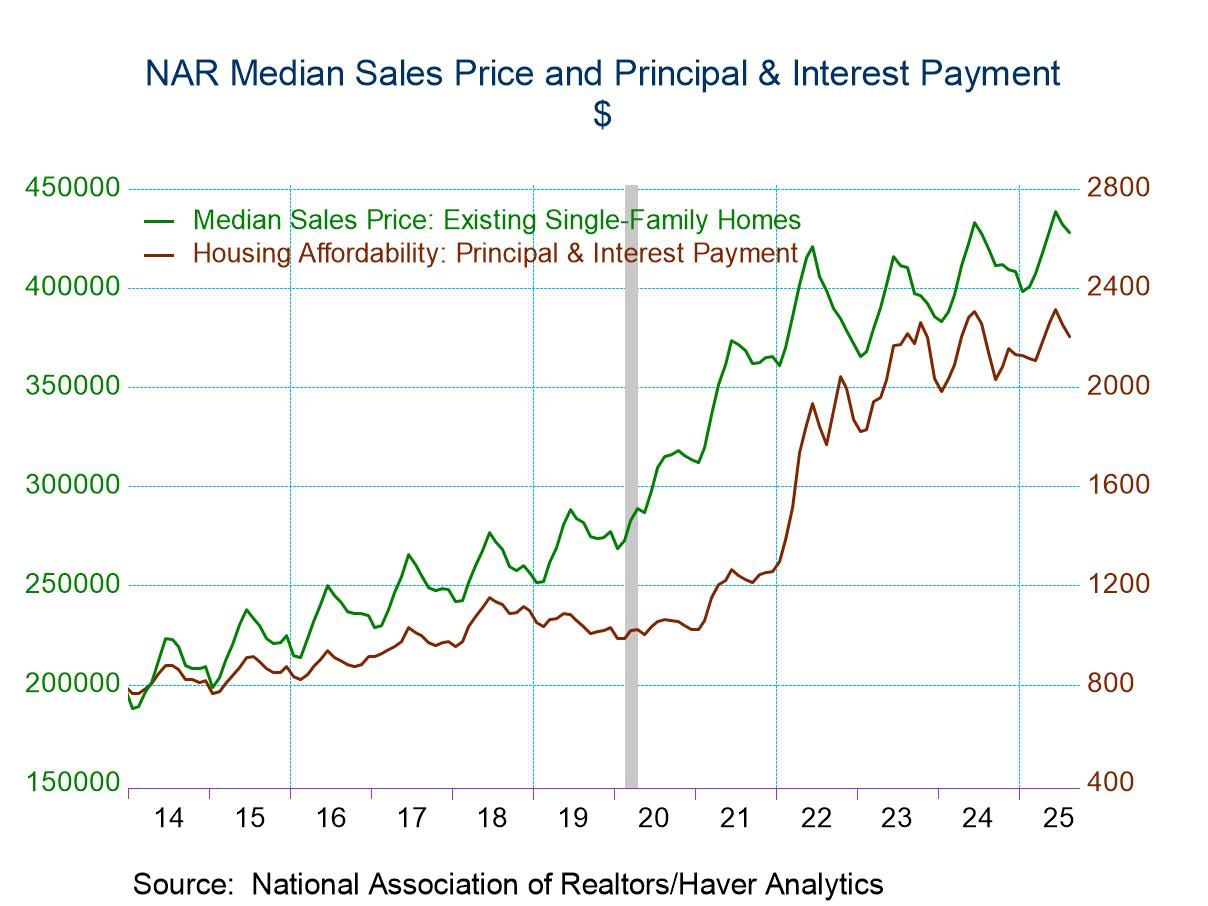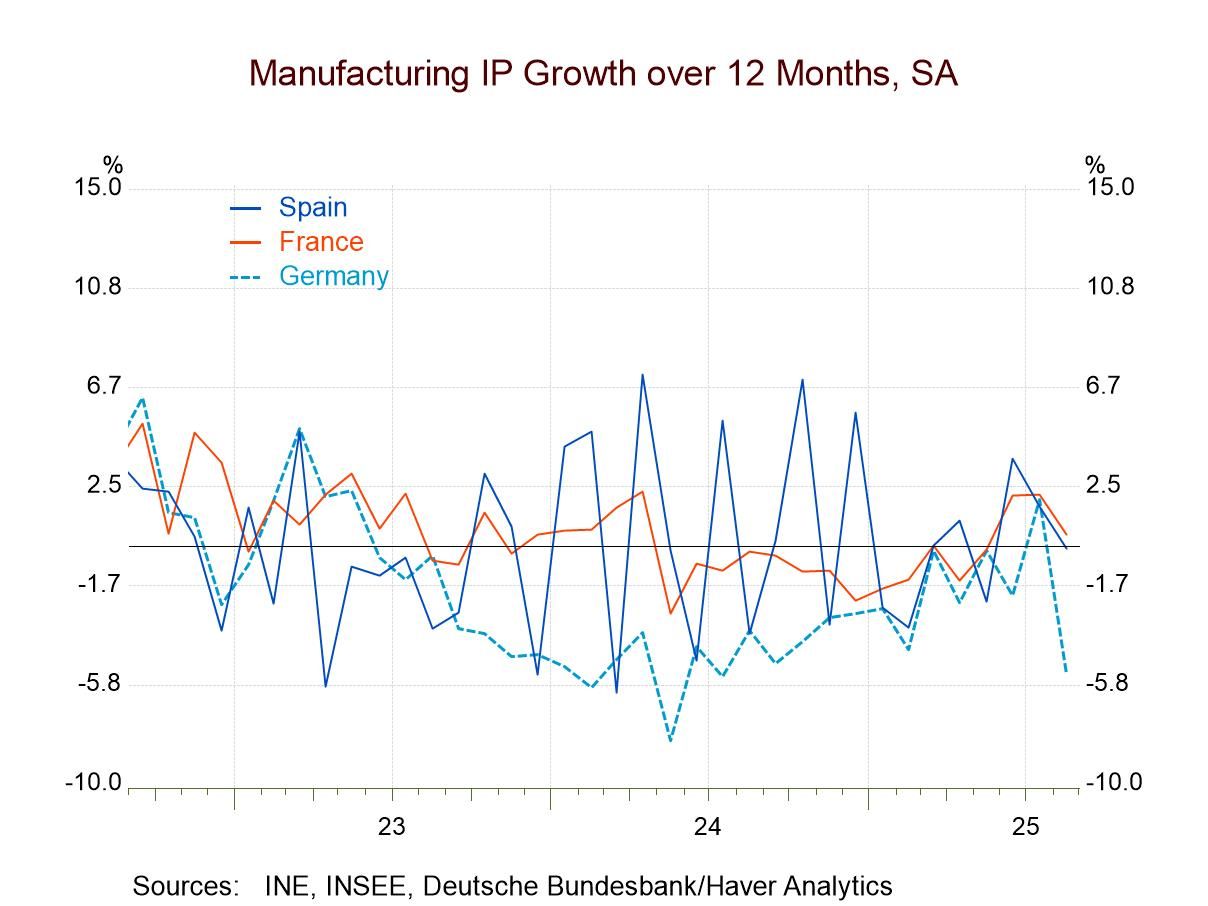 Global| Jul 07 2004
Global| Jul 07 2004German Factory Orders Gain Further, Pushed by Foreign Demand
Summary
Orders received by German factories were strong again in May, extending a sharp rebound into a second month. Total orders rose 1.8% month-to-month, after 2.0% in April; February and March had had modest increases. In the table below, [...]
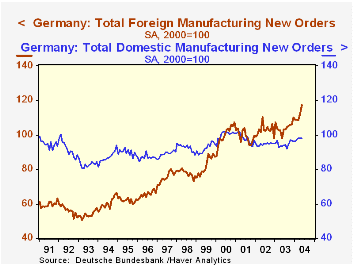
Orders received by German factories were strong again in May, extending a sharp rebound into a second month. Total orders rose 1.8% month-to-month, after 2.0% in April; February and March had had modest increases. In the table below, we show these monthly changes at annual rates to make them comparable with the year-ago and annual average data. There, the relative strength of the last two months is readily apparent.
Two specific aspects of the geographical distribution of this overall performance stand out. Orders from domestic Germany customers fell in May by 0.5%. Clearly, orders are erratic by nature, so nothing substantive should be made of a one-month decrease. But throughout the period in our table below, domestic orders have been noticeably weaker than orders from foreign customers. German manufacturing is expanding because of demand abroad, not particularly from demand at home.
Further, orders at firms in the old "West" Germany have tended to be less vigorous than total orders at all German firms. That is, old "East" Germany is growing faster and continues to succeed at an effort to catch up. Orders for that section of the nation are not available separately, but until last November, industrial production data were still published separately for the East and the West. With a base of 1995=100, the East German index for mining and manufacturing was 186.2 in November 2003, while that in West Germany was 119.0. Thus, output in the Eastern sector has been much more vigorous than in the West. Recent trends in orders, particularly foreign orders, suggest this pattern of production will continue.
Thus, world recovery and the motivation to extend the development of the eastern sector economy appear to be combining to boost activity in that former communist zone. At the same time, orders are far from weak at firms in western Germany, as export demand lifts manufacturing activity in the nation as a whole.
| % Change, Annual Rate | May 2004 | Apr 2004 | Mar 2004 | Year Ago | Annual Averages|||
|---|---|---|---|---|---|---|---|
| 2003 | 2002 | 2001 | |||||
| Total Orders | 24.1 | 27.5 | 2.4 | 11.7 | 0.7 | -0.1 | -1.7 |
| West Germany | 18.9 | 29.5 | 4.9 | 11.3 | 0.3 | -0.5 | -2.2 |
| Domestic Orders | -5.9 | 8.9 | 6.3 | 4.7 | 0.0 | -3.1 | -2.3 |
| West Germany | -8.3 | 9.1 | 10.6 | 4.1 | -0.6 | -3.5 | -2.8 |
| Foreign Orders | 66.9 | 52.8 | -2.2 | 20.1 | 1.5 | 3.7 | -0.9 |
| West Germany | 54.4 | 55.1 | 1.1 | 19.3 | 1.3 | 3.1 | -1.4 |
Carol Stone, CBE
AuthorMore in Author Profile »Carol Stone, CBE came to Haver Analytics in 2003 following more than 35 years as a financial market economist at major Wall Street financial institutions, most especially Merrill Lynch and Nomura Securities. She had broad experience in analysis and forecasting of flow-of-funds accounts, the federal budget and Federal Reserve operations. At Nomura Securities, among other duties, she developed various indicator forecasting tools and edited a daily global publication produced in London and New York for readers in Tokyo. At Haver Analytics, Carol was a member of the Research Department, aiding database managers with research and documentation efforts, as well as posting commentary on select economic reports. In addition, she conducted Ways-of-the-World, a blog on economic issues for an Episcopal-Church-affiliated website, The Geranium Farm. During her career, Carol served as an officer of the Money Marketeers and the Downtown Economists Club. She had a PhD from NYU's Stern School of Business. She lived in Brooklyn, New York, and had a weekend home on Long Island.


